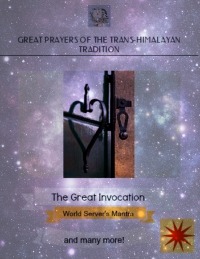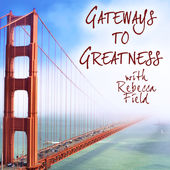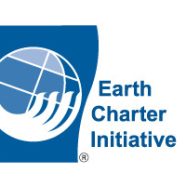
Earth Charter Begs Human Participation in Whole Earth
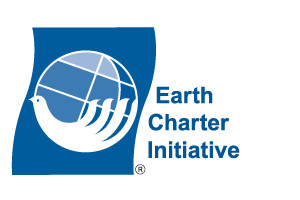 The Earth Charter is an important development of the United Nations.
The Earth Charter is an important development of the United Nations.
In 1987 the Brundtland Commission also known as The World Commission on Environment and Development created Our Common Future Report which requested a “new charter” to establish “new norms” to use as a guide for the transition to sustainable development.
There was discussion about it at the Rio Summit in 1992 but the time wasn’t right. The Rio Declaration became a consensus of what was achievable at that time.
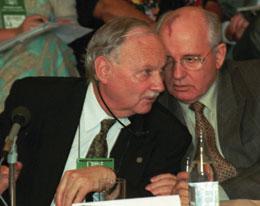
Source: J. PEREIRA/AP
In 1994, Secretary General of the Rio Summit, Maurice Strong and Mikhail Gorbachev, working through organizations they founded, respectively, The Earth Council and Green Cross International started an initiative with the help of the Dutch government to develop an Earth Charter as an idea coming from civil society. The original document was developed from hundreds of international documents.
An independent Earth Charter Commission was founded in 1997 to oversee and develop the text, to analyze the international consultation process and to agree on a global document.
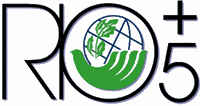 In March of 1997 the United Nations held the Rio + 5 Forum where it released the Earth Charter as a “document in progress.” More international consultations were urged and set in motion.
In March of 1997 the United Nations held the Rio + 5 Forum where it released the Earth Charter as a “document in progress.” More international consultations were urged and set in motion.
By April 1999 a second draft of the Earth Charter was released and international consultations continued through national committees and international dialogues.
After considering the input of people all over the world, in 2000, at a gathering at UNESCO Headquarters in Paris, the Earth Charter was formally presented at the Peace Palace in the Hague.
Over the next five years the Earth Charter was formally recognized as a globally accepted statement of what sustainable development means.
It is used as a starting point for peace negotiations. It is also used for reference because it states the global standards and codes of ethics that governments use in creating legislation, as a community advancement instrument, as educational background for sustainable development, and in many other ways. It was a motivating plan for the UNESCO Decade for Education on Sustainable Development.

The document is amazingly short and unpretentious but comprehensive. It is simple, elegant and beautiful!
The United Nations can be justly pleased with this stately and inclusive document. It contains the carefully garnered thoughts, ethical views, and practical solutions of thousands of people from every sector of the earth.
It is a much needed document and because it was so carefully and thoughtfully put together. It will stand the test of time and continue to shine light on the human relationship to the Earth and be a guide for our care, treatment and nurture of the earth itself for a long time into the future. Now the time is right!
© 2013 Rebecca Field, All rights reserved.
The Earth Charter Initiative, 2012.






